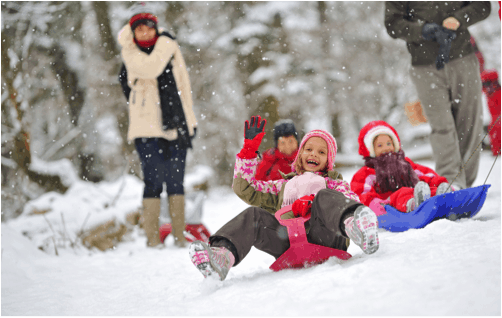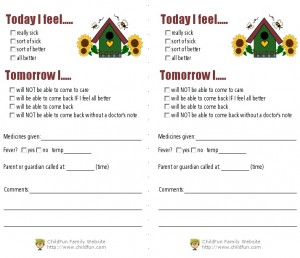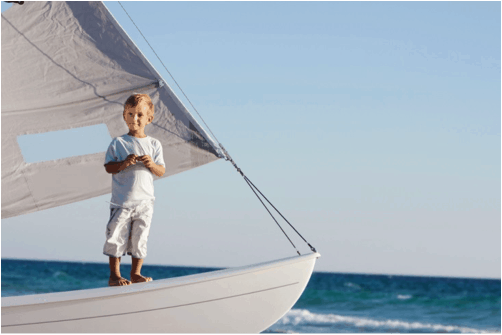|
The most important reason to wear a helmet is to prevent head injuries!
Other reasons are:
Visibility: You’re easier to see-especially at dusk, in rain or fog-or after dark. Helmets with reflective trim are even more visible.
Emergency Data: If you have a medical emergency condition, you can put information on tape inside the brim of your helmet. It will be easy to find in an emergency.
Climate Control: A helmet will keep the sun off your head so that you will stay cooler in hot weather. The extra insulation of a helmet will keep your head warmer in cold weather.
Image: When you wear a helmet, motorists will expect you to ride correctly since you will look like you know what you are doing.
Purchasing Advice
A child of any age needs head protection when riding. A small toddler’s neck muscles may not yet support the weight of a helmet. If in doubt, take child and helmet in to your health care provider for advice. Children’s heads vary widely in shape and size, so pay careful attention to fit and use the foam pads.
The helmet should cover as much of the child’s head as possible, be positioned level and fit securely when the strap is fastened. As with adults, look for ANSI and SNELL stickers.
It is recommended that you never put your child’s name on the outside of the helmet. This has apparently been used by strangers to call the child by name and set up the appearance of acquaintance.
How to Get Your Child to Wear a
Helmet
- Let the child help pick it out.
- Always insist the child wear it.
- When you ride together, set a good example and wear your own helmet.
- Praise and reward your child each time they wear it. It may feel strange to them. You can take away some of the discomfort with words of support and encouragement.
- Begin the helmet habit with the first bicycle ride.
- Encourage other parents to buy and use helmets.
*Adapted with permission from a flyer from the Minnesota DPS






